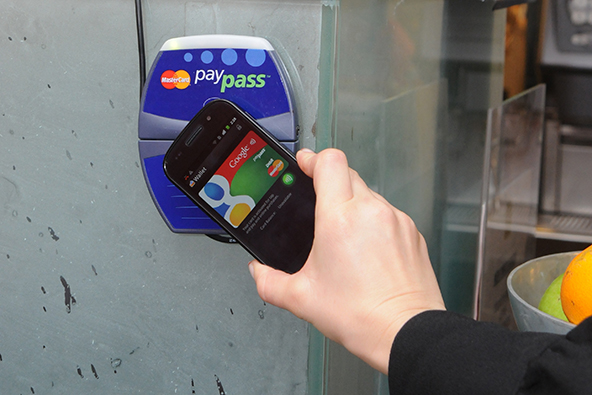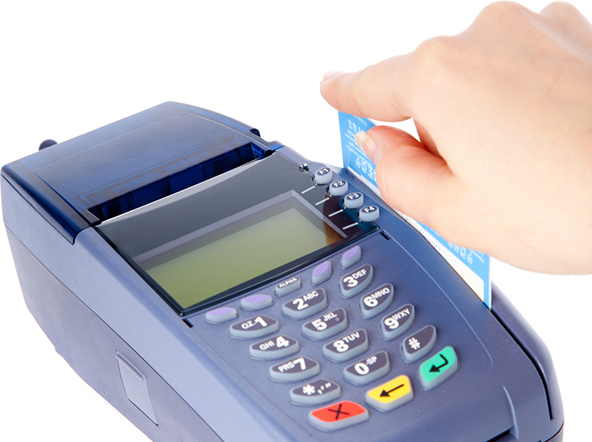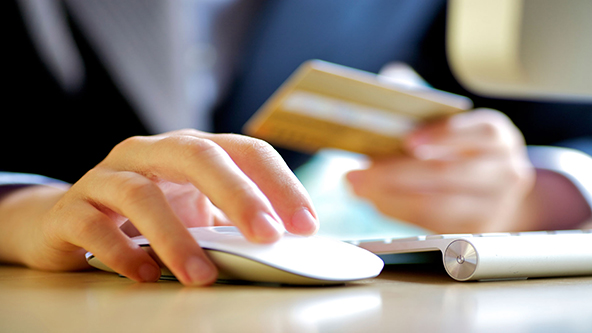Who Wants a Mobile Wallet?

At present, the answer to this question, at least in the U.S., seems to be “no one”. On this blog we’ve followed Google Wallet’s struggles to convince a skeptic American public that we do need an untested service, which few merchants support and for which there are even fewer compatible devices. And it hasn’t helped that Verizon — the biggest U.S. mobile carrier — is still blocking Google Wallet, citing security concerns (which are not entirely unfounded), while incidentally keeping the spot warm for its own highly-publicized mobile wallet, developed in cooperation with rivals AT&T and T-Mobile. For its part, Isis, as the carriers’ digital wallet project is called, has been an unqualified fiasco, marred by a spectacularly botched initial design and a series of embarrassing launch delays, including the latest one announced just a couple of weeks ago.
So when the owner of one small retail store, equipped to accept m-wallet payments, tells The Wall Street Journal’s Robin Sidel and Amir Efrati that “nobody really has a mobile wallet”, her words shouldn’t be coming as a surprise to anyone. And yet, I still fully expect that the status quo will change, eventually, and Americans will begin to warm up to the idea of using their cell phones as wallets. However, that process may take a bit longer than I initially anticipated.
No One Has a Mobile Wallet
Sidel and Efrati give us a real-life mobile wallet story:
Leslie Fiet wouldn’t mind if her customers paid for their sweet treats with a smartphone instead of cash or plastic. But in the eight months since the owner of Mini’s Cupcakes in Salt Lake City installed a device that can accept mobile payments, no one has tried it.
Then the authors proceed to examine the reasons behind the slow — indeed, non-existent — adoption of a promising technology into which a number of huge global companies have already poured billions of dollars, but they more or less repeat what is already known:
Yet even Google Wallet has been slow to gain momentum, industry watchers said, in part because it is available on only six devices, most of which are sold by Sprint Nextel Corp…
…
Nick Holland, an analyst at consulting firm Yankee Group who follows the mobile-payments market, estimated that about 2% to 3% of U.S. smartphones have NFC technology.
…
Some merchants are hesitant to upgrade their technology to embrace NFC because it isn’t clear if it will become the industry standard.
Indeed, Starbucks, which operates the most successful point-of-sale (POS) mobile payments service to date, has spurned the near-field communication (NFC) technology, which is at the core of all mobile wallets, relying instead on the far more prosaic 2-D scanning devices that they already had deployed in their stores and linked to the POS terminals. And customers love it!
From Russia, with NFC
And yet, I still believe that the future of mobile wallets will be much brighter than the present. In fact, we may have already caught a glimpse of that future, in Russia of all places. GigaOm’s Robert Andrews reports that in spite of all the aforementioned hurdles and the lack of iPhone 5 support, “NFC helped process 4.5 billion rubles’ worth ($138 million) of mobile payments in Russia in the first six months of the year” and that volume is projected to rise “to between 15 billion ($460 million) and 18 billion rubles ($553 million) by year’s end, and up to 35 billion rubles ($1 billion) through 2013”.
Russia has benefited from a favorable NFC treatment by the two largest global credit card networks. Andrews points us to an East-West Digital News report, according to which:
The world’s largest payment systems, including Visa and MasterCard, are providing incentives to their Russian partners to adopt NFC through their proprietary payWave and PayPass platforms. Eleven sizable Russian banks already issue plastic cards with an NFC module, MasterCard says, adding that “a few thousand” POS’s supporting NFC technology have been installed at Russian mobile outlets, caf??s, malls, gas stations, and transportation systems, predominantly in Moscow and St. Petersburg.
I am not aware of similar incentives being made available to U.S. issuers.
The Takeaway
I just can’t see a future in which our cell phones don’t double as wallets: the technologies to make that possible exist even now and, once all the kinks are worked out, I see no reasons why consumers would not take up the new payment method. It’s just too convenient. Moreover, mobile wallet users will find it far easier to receive, manage and redeem coupons, so they will no longer have to clip pieces of paper and stack them up into their leather wallets.
So there is a market for digital wallets out there and I still think that Google has placed itself in an ideal position to best exploit it. Here is the gist of our analysis:
Even though Google Wallet has been struggling to gain any traction, I still like its chances better than its competitors’. At the very least, the search giant has managed to figure out how not to do it. By contrast, Isis – Google Wallet’s biggest competitor – is yet to launch even in a test mode. And I think I could safely predict that Isis would also find plenty of issues to deal with, before it gets it right. By the time it does get it right, Google may well have won the race. Just look at what Square has done with the early lead it had in its own m-payments niche.
Image credit: Digitaltransactions.net.


